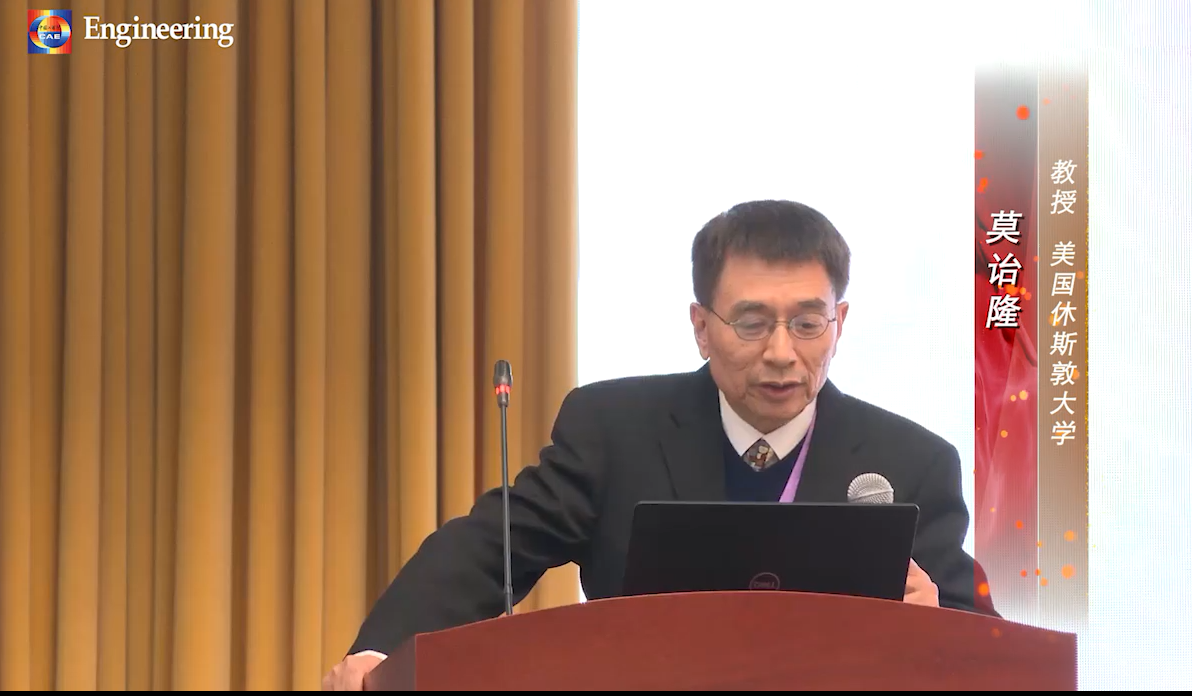Search scope:
排序: Display mode:
Demands and challenges for construction of marine infrastructures in China
Huajun LI; Yong LIU; Bingchen LIANG; Fushun LIU; Guoxiang WU; Junfeng DU; Huimin HOU; Aijun LI; Luming SHI
Frontiers of Structural and Civil Engineering 2022, Volume 16, Issue 5, Pages 551-563 doi: 10.1007/s11709-022-0839-8
Keywords: marine infrastructures ocean engineering exploitation of marine resource coastal development emerging
Pavement sustainability index for highway infrastructures: A case study of Maryland
Stella O. OBAZEE-IGBINEDION, Oludare OWOLABI
Frontiers of Structural and Civil Engineering 2018, Volume 12, Issue 2, Pages 192-200 doi: 10.1007/s11709-017-0413-y
Keywords: pavement indices sustainability pavement performance flexible pavements
Jinsong Tao, Zijian Li, Xinlai Peng, Gaoxiang Ying
Frontiers of Environmental Science & Engineering 2017, Volume 11, Issue 4, doi: 10.1007/s11783-017-0952-4
Keywords: Green stormwater infrastructure (GSI) Combined sewer overflows (CSOs) Urban flooding Low impact development (LID) Stormwater Management Model (SWMM)
Current situation and future perspectives of European natural gas sector
Vincenzo BIANCO,Federico SCARPA,Luca A. TAGLIAFICO
Frontiers in Energy 2015, Volume 9, Issue 1, Pages 1-6 doi: 10.1007/s11708-014-0340-8
Keywords: natural gas natural gas market oil-linked contracts supply infrastructures gas hubs
Advances in Intellectualization of Transportation Infrastructures Review
Yanliang Du, Tinghua Yi, Xiaojun Li, Xiaoli Rong, Longjun Dong, Dawei Wang, Yang Gao, Zhen Leng
Engineering 2023, Volume 24, Issue 5, Pages 240-253 doi: 10.1016/j.eng.2023.01.011
Keywords: Intellectualization Transportation infrastructures Optimal design Automatic construction Structural
Automated classification of civil structure defects based on convolutional neural network
Pierclaudio SAVINO, Francesco TONDOLO
Frontiers of Structural and Civil Engineering 2021, Volume 15, Issue 2, Pages 305-317 doi: 10.1007/s11709-021-0725-9
Keywords: concrete structure infrastructures visual inspection convolutional neural network artificial intelligence

Du Yanliang,Sun Baochen,Wu Zhishen,Qian Yongjiu and Gao Yang
Strategic Study of CAE 2017, Volume 19, Issue 6, Pages 1-5 doi: 10.15302/J-SSCAE-2017.06.001
China's transportation infrastructure is facing severe challenges such as serious structural defects, short life, aging, and the absence of a long-life security strategy. Therefore, this paper complies the advancements in developed countries regarding these issues and proposes the overall objectives, strategic tasks, and related recommendations for constructing a long-life security system for China’s transportation infrastructure. It also presents systematic research into construction of long-life security systems for transportation infrastructure. This research has a very significant strategic significance in ensuring the safe long-life service of transportation infrastructure and safe and smooth traffic arteries, supporting sustainable development of the national economy, protecting people’s lives in a stable and orderly manner, and contributing to national security and social stability.
Keywords: transportation infrastructures long life security
Non-nuclear Electromagnetic Pulse Threat of Critical Infrastructures and Protection Strategies
Wu Qi , Liu Yuanan , Wen Yinghong , Zhao Mingmin , Wang Weimin ,Zhang Jinbao , Su Donglin
Strategic Study of CAE 2022, Volume 24, Issue 4, Pages 249-258 doi: 10.15302/J-SSCAE-2022.04.022
Major infrastructures are vital for the modernization and operation ofa country and the safety of major infrastructures is crucial for national security.Therefore, the non-nuclear EMP has become a realistic threat for major infrastructures.Ensuring the electromagnetic safety of major infrastructures is an urgent strategic task for China.and can be regarded as the foundation of major infrastructures.
Keywords: critical infrastructure electromagnetic pulse graded protection emergency response electromagnetic protection
Title Author Date Type Operation
Demands and challenges for construction of marine infrastructures in China
Huajun LI; Yong LIU; Bingchen LIANG; Fushun LIU; Guoxiang WU; Junfeng DU; Huimin HOU; Aijun LI; Luming SHI
Journal Article
Pavement sustainability index for highway infrastructures: A case study of Maryland
Stella O. OBAZEE-IGBINEDION, Oludare OWOLABI
Journal Article
Quantitative analysis of impact of green stormwater infrastructures on combined sewer overflow control
Jinsong Tao, Zijian Li, Xinlai Peng, Gaoxiang Ying
Journal Article
Current situation and future perspectives of European natural gas sector
Vincenzo BIANCO,Federico SCARPA,Luca A. TAGLIAFICO
Journal Article
Advances in Intellectualization of Transportation Infrastructures
Yanliang Du, Tinghua Yi, Xiaojun Li, Xiaoli Rong, Longjun Dong, Dawei Wang, Yang Gao, Zhen Leng
Journal Article
Automated classification of civil structure defects based on convolutional neural network
Pierclaudio SAVINO, Francesco TONDOLO
Journal Article
Mo Yilong: Metamaterial Based Vibration Isolation and Acoustic Mitigation of Future civil infrastructures
莫诒隆(高级职称)
20 Jan 2021
Conference Videos
Strategies for Establishing and Perfecting Long-Life Security Strategy of Transportation Infrastructure
Du Yanliang,Sun Baochen,Wu Zhishen,Qian Yongjiu and Gao Yang
Journal Article








